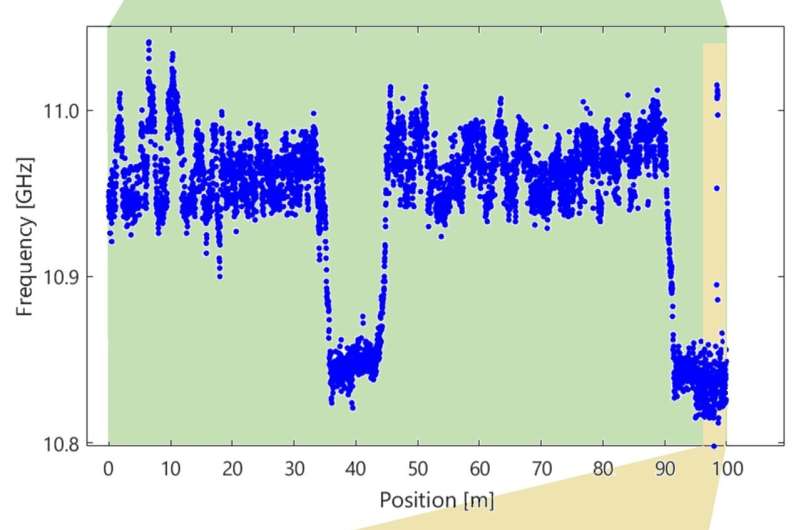Scientists have unveiled a groundbreaking low-coherence Brillouin optical correlation-domain reflectometry (BOCDR) system, addressing long-standing challenges in spatial resolution and measurement range along optical fibers. This innovative research, published in the Journal of Lightwave Technology, introduces a novel approach that eliminates trade-offs without complex components. The team’s achievement opens doors for precise strain sensing in diverse applications, from structural health monitoring to industrial diagnostics. Learn more about this cutting-edge technology that promises enhanced performance and practicality.

Innovative System Design
Associate Professor Yosuke Mizuno led the research team that developed a much improved low-coherence BOCDR system beyond its conventional limitations by applying periodic pseudo-random modulation. The incorporation of this novel approach combines high resolution with a wide measurement range and eliminates the need for complicated variable delay lines. This can both simplify system design and improve performance for real-world applications. The team’s unique design goes on to become a notable leap in fiber optic sensing technology, making strain measurements more precise and efficient.
Proof-of-Concept Success
The team achieved promising results by experimenting and simulating the efficacy of their low-coherence BOCDR system. The feature of periodic pseudo-random modulation added to the driving current of the light source could generate several correlation peaks along the whole optical fiber, which localized precise measurement positions without using a variable delay line. This proof-of-concept operation demonstrated the ability of the system to deliver accurate and systematic-error-free distributed strain measurements. The achievement of the team initiates a new stage in fiber optic sensing which has got significance for several industries and applications.
Consequences of This Optimization and Future Opportunities
The researchers next plan to further improve the resolution, range and speed of their low-coherence BOCDR system. In this platform, they are developing a state-of-the-art technology to revolutionize precise strain sensing in important areas such as structural health monitoring and industrial diagnostics. This promising improvement in the speed of measurements, its accuracy, and the measuring range is expected to benefit a lot from this newly developed system to be used at large scale applications. Future prospects of fiber optic sensing appear to be promising with continuous progress in advancement and refinement.
